Traveling in Barcelona
Everything You Need to Know About Traveling in Barcelona


Whether you are coming to Barcelona for a week or several months, it’s always better to plan your trip carefully. The time flies by and you might find yourself not being able to see everything.
Understand the cultural nuances and choose activities that align with your interests to make sure you don’t miss out on anything.
Remember, if you don't quite want to see the "must-sees", you don't have to. It's your trip!
Barcelona has a rich history and a beautiful culture. This city has attractions and experiences for every traveler.
Visit the city's markets, taste delicious Catalan cuisine, immerse yourself in the local festivals and make the best of your trip.
Why Should You Visit Barcelona?
1. Rich History and Culture
Origins dating back to Roman times
Medieval Gothic Quarter with narrow, winding streets
Numerous museums full with artistic heritage
Colorful local festivals and traditions
Barcelona is a historical and cultural city. It began as a Roman settlement and now thrives as a European metropolis. You can explore the Gothic Quarter, visit museums highlighting its artistic heritage, and enjoy local festivals throughout the year. Try to learn as much history of Barcelona before visiting.

2. Architectural Marvels
Antoni Gaudí's masterpieces: Sagrada Família, Park Güell, Casa Batlló
Blend of Gothic, Modernist, and contemporary architecture
Unique skyline featuring innovative designs
Barcelona is renowned for its architecture, notably by Antoni Gaudí. His masterpieces like Sagrada Família, Park Güell, and Casa Batlló show the city's unique style beautifully. Architecture here is a mix of Gothic, Modernist, and contemporary styles and will captivate you even if you aren't a big art lover.
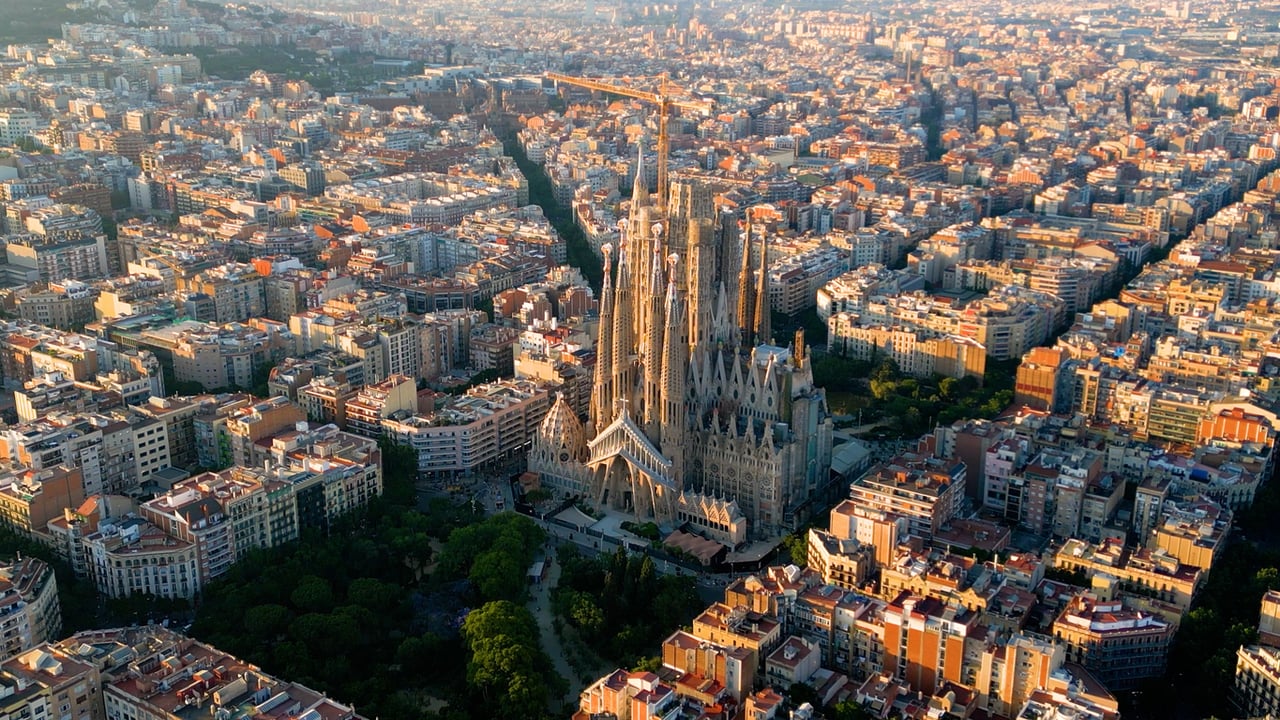
3. Vibrant Nightlife
Diverse options like cozy bars, trendy nightclubs, beachside parties
Live music venues and flamenco shows
Cultural performances and events
Barcelona's nightlife is diverse and exciting. Enjoy cozy bars in the Gothic Quarter, trendy nightclubs in El Raval, and beachside parties in Barceloneta. Live music venues, flamenco shows, and cultural performances add to the vibrant atmosphere.

4. Delicious Cuisine
Traditional Catalan dishes: paella, tapas
Michelin-starred restaurants
Local markets like La Boqueria
Wide range of options for all tastes and budgets
Barcelona's culinary scene reflects its rich cultural heritage. You can enjoy traditional Catalan dishes like paella and tapas, as well as innovative Michelin-starred restaurants. Explore local markets like La Boqueria for fresh produce, local delicacies, and artisanal products.

Photo: Canalones and escudella, typical Catalan food
5. Beautiful Beaches and Outdoor Activities
Miles of Mediterranean coastline
Pleasant climate for year-round outdoor enjoyment
Parks and green spaces for relaxation and recreation
Barcelona is a paradise for beach lovers and outdoor enthusiasts. The city offers miles of Mediterranean coastline with sandy beaches for sunbathing, swimming, and water sports. With a pleasant climate, there are year-round outdoor activities. Beyond beaches, lush parks like Park Güell and Ciutadella Park are perfect for relaxation, picnics, and recreation.
6. Friendly Atmosphere
Welcoming locals known for their hospitality
Relaxed Mediterranean lifestyle
Multicultural environment
Barcelona's warm and welcoming atmosphere is one of its most endearing qualities. Barcelonés are known for their hospitality, making visitors feel at home. The city embraces a relaxed Mediterranean lifestyle with long lunches, evening strolls, and socializing in public squares. Its multicultural environment adds to the vibrant atmosphere and creates a diverse and inclusive city.
What’s the Best Time to Travel to Barcelona?
The best time to visit Barcelona is during the spring (April to June) and fall (September to November) when the weather is pleasant and the crowds are thinner. These seasons have both comfortable temperatures and fewer tourists, so they’re ideal for sightseeing and outdoor activities.
Weather Conditions in Barcelona
Barcelona has a Mediterranean climate, with hot summers and mild winters. Summer (July and August) can be very hot and crowded, while winter (December to February) is cooler but still relatively mild compared to other European cities. Spring and fall provide the most comfortable weather, with temperatures ranging from 15°C to 25°C (59°F to 77°F).
Check out the weather for each month here.
Major Events and Festivals by Season
Spring
Primavera Sound (May), Sant Jordi Day (April)
Summer
Sonar Festival (June), La Mercè Festival (September)
Fall
Sitges Film Festival (October), Barcelona Jazz Festival (November)
Winter
Christmas markets, Three Kings Day (January)
Each season in Barcelona has unique events and festivals that can make your travel more interesting. Planning your visit around these events can provide a deeper cultural immersion.
What Do You Need to Visit Barcelona?
Visa Requirements for Barcelona
Most travelers from the EU, USA, Canada, Australia, and New Zealand do not need a visa for stays up to 90 days. Make sure your passport is valid for at least six months beyond your stay. Check the specific requirements for your nationality before planning your trip.
Get Travel Insurance
Travel insurance is highly recommended for covering medical emergencies, trip cancellations, and lost belongings. It provides peace of mind and financial protection in case of unforeseen circumstances. If you don’t already have one, ask your employer or get insurance yourself. Be sure to research the best options first.
Packing Essentials
Pack comfortable walking shoes, light clothing for summer, and layers for cooler seasons.
Here are some essentials you should pack:
Lightweight clothing for warm weather
Warm clothes such as a jacket and sweaters for cooler evenings
Comfortable walking shoes
Sunscreen and a hat
A reusable water bottle
An adapter for European plugs
A small backpack for day trips

Health and Safety Tips in Barcelona
Stay hydrated and protect yourself from the sun.
Be vigilant about pickpockets, especially in crowded areas.
Avoid carrying large amounts of cash and use a money belt or hidden pouch.
Remember the emergency numbers of Spain (Police - 112, Ambulance - 061, Fire Brigade - 080)
Find the location of the nearest hospital or medical facility in advance, and carry a basic first-aid kit for minor ailments.
Money in Barcelona
Barcelona uses the Euro (€). ATMs are widely available, and credit cards are accepted in most places. Daily expenses vary, but budget travelers might need around €50-€70 per day, while mid-range travelers might spend €100-€150. High-end travelers can expect to spend more, especially on luxury accommodations and fine dining. Always carry some cash for small purchases or in case of places that don't accept cards.
Is Barcelona Safe to Travel?
Barcelona is generally a safe city for travelers, but it's important to stay vigilant. Pickpocketing is the most common issue, especially intourist areas like La Rambla and public transport. Keep your belongings secure and be aware of your surroundings.
Safety for Solo Travelers
Solo travelers can feel safe in Barcelona by taking standard precautions. Stick to well-lit and busy areas at night and inform someone about your plans and whereabouts. Barcelona is typically safe for female solo travelers as well. Although, it’s always better to inform close friends when you’re going out, just in case.
Safer Areas in Barcelona:
Eixample: Known for its wide streets and upscale atmosphere.
Gràcia: This neighbourhood has a village-like feel and friendly locals.
El Born: A vibrant area with many cafes, shops, and tourists, making it lively and safer.
Barceloneta: Popular with tourists and well-patrolled, especially near the beach.
Note: Always use your best judgment and trust your instincts while exploring the city.
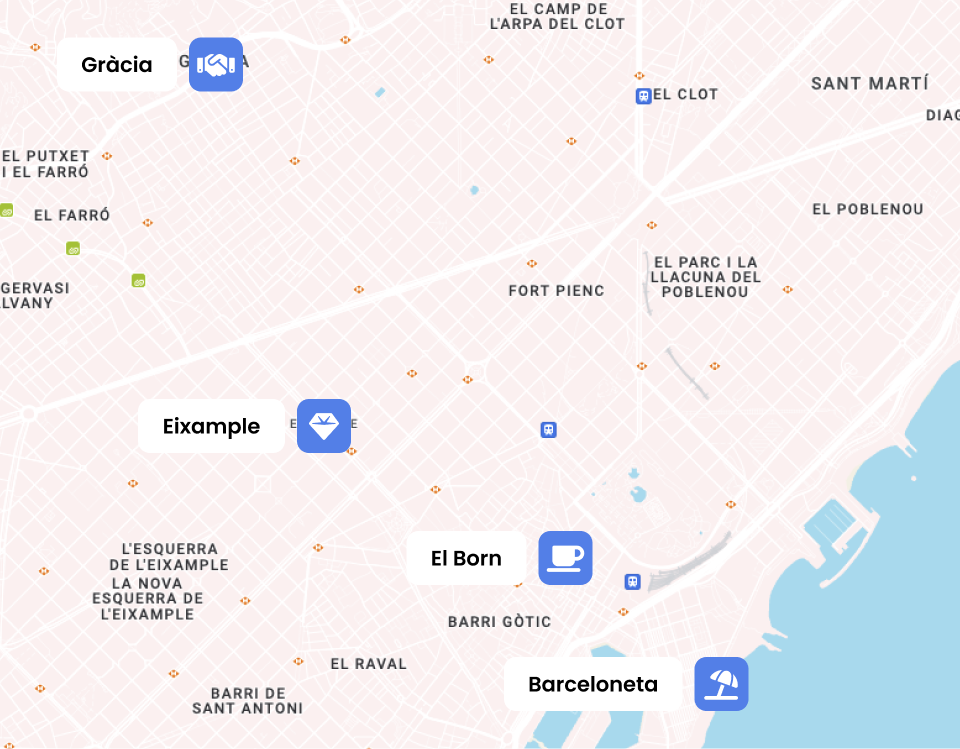
Common Scams to Avoid in Barcelona
❗Some pickpockets often use distraction techniques, such as spilling something on you or creating a commotion. Stay alert and keep your valuables secured.
❗Scam artists may approach you with fake petitions or surveys to distract you while an accomplice steals your belongings. Politely decline and move away.
❗Beware of individuals who try to give you a rose or other small gift and then demand money. Just say no and keep walking.
❗Some scammers pose as police officers, asking to see your ID and wallet. Always ask for identification and, if unsure, suggest going to the nearest police station.
❗Only use licensed taxis and confirm that the meter is running or agree on a fare beforehand to avoid being overcharged.
Emergency Contacts and Services
Learn the local emergency services, including police, ambulance, and fire brigade, as well as the location of nearby medical facilities. Carry a basic first-aid kit for minor ailments.
Emergency numbers:
Police: 112,
Ambulance: 061,
Fire Brigade: 080.
Should You Learn Spanish to Travel to Barcelona?
While many locals in Barcelona speak English, especially in tourist areas, learning basic Spanish or Catalan phrases can help you immerse into the culture more. Simple greetings and common phrases for ordering food or asking for directions can help you navigate more smoothly and show respect for the local culture.
Basic Phrases to Know in Spain
Hello: Hola
Thank you: Gracias
Please: Por favor
Yes/No: Sí/No
Excuse me: Perdón/Disculpa
Do you speak English?: ¿Hablas inglés?
How to Learn Spanish Fast for Travel?
Consider using language apps like Duolingo, Babbel, or Rosetta Stone to get started on basic Spanish or Catalan. Spanish TV shows are also a fun way to learn the language.
You can also carry a phrasebook, such as the Lonely Planet Spanish Phrasebook & Dictionary, can also be very helpful.
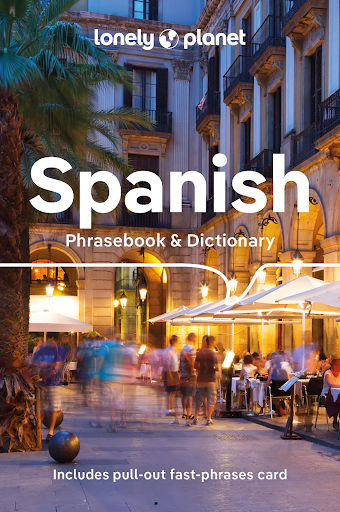
Spanish vs. Catalan
Barcelona is located in Catalonia, where Catalan is the official language alongside Spanish. While Spanish is widely understood, using a few Catalan phrases might help you seem more likable to locals. For example:
Good morning: Bon dia (Catalan) / Buenos días (Spanish)
Thank you: Gràcies (Catalan) / Gracias (Spanish)
Can I Use English In Barcelona?
English is widely understood in major tourist areas, hotels, and restaurants. However, outside of these areas, you might encounter fewer English speakers. Having some knowledge of Spanish or Catalan can be beneficial and appreciated.
Embracing the local language, even just a little, can make your trip to Barcelona more enjoyable and immersive.
Top Places to See in Barcelona
La Sagrada Família
La Sagrada Família is a breathtaking basilica by Antoni Gaudí, known for its beautiful facades and stunning stained glass interiors. Still under construction, it remains a symbol of Barcelona's unique architectural heritage.
Location - Carrer de Mallorca, 401.
Cost - Entry fees start around €26.
Why Visit? Stunning architecture and intricate details.
Opening Times - Typically 9:00 AM - 6:00 PM.
Additional Info - Buy tickets in advance to avoid long lines.
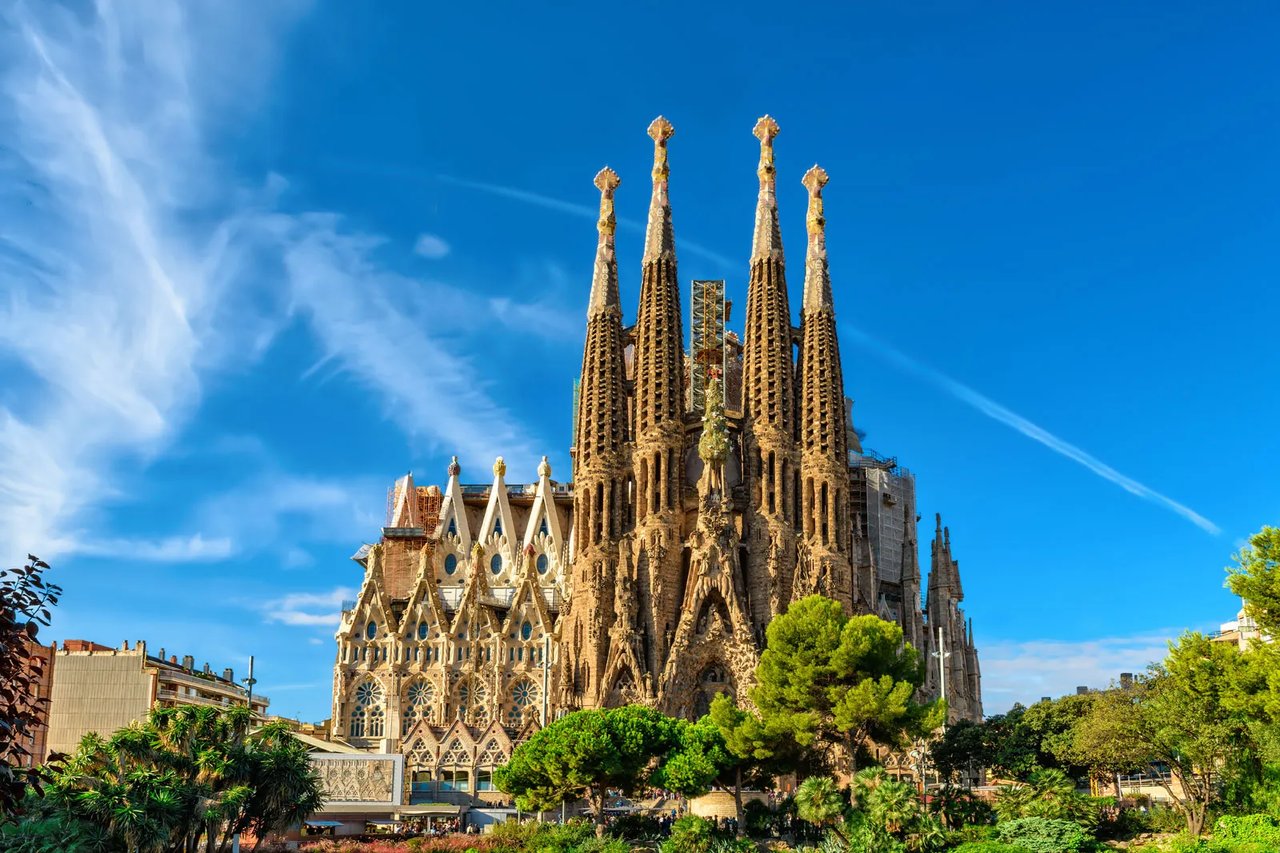
Park Güell
Park Güell is a whimsical public park designed by Gaudí and features colorful mosaics and imaginative structures. It offers panoramic views of Barcelona and is a favorite spot for both art lovers and nature enthusiasts.
Location: Carrer d'Olot, 7.
Cost: General admission around €10.
Why Visit? Beautiful mosaics, sculptures, and city views.
Opening Times: 8:00 AM - 9:00 PM.
Additional Info: Limited daily visitors; book online.
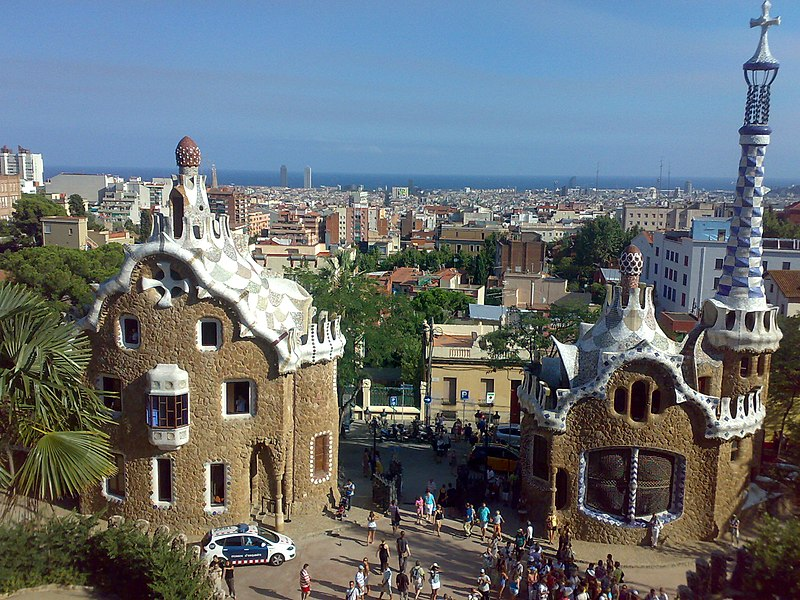
Casa Batlló
Casa Batlló, with its organic shapes and vibrant tiles, showcases Gaudí’s innovative design. The interior and exterior provide a surreal experience, reflecting the architect’s creative genius.
Location: Passeig de Gràcia, 43.
Cost: Entry fees start around €25.
Why Visit? Unique architecture and immersive experiences.
Opening Times: 9:00 AM - 8:00 PM.
Additional Info: Night visits available with special lighting.

La Rambla
La Rambla is a bustling street in central Barcelona, famous for its lively atmosphere, street performers, and markets. It's a vibrant place to experience local culture and entertainment.
Location: Stretches from Plaça de Catalunya to the waterfront.
Cost: Free to visit.
Why Visit? Vibrant atmosphere and local culture.
Opening Times: Open 24 hours.
Additional Info: Be mindful of pickpockets.
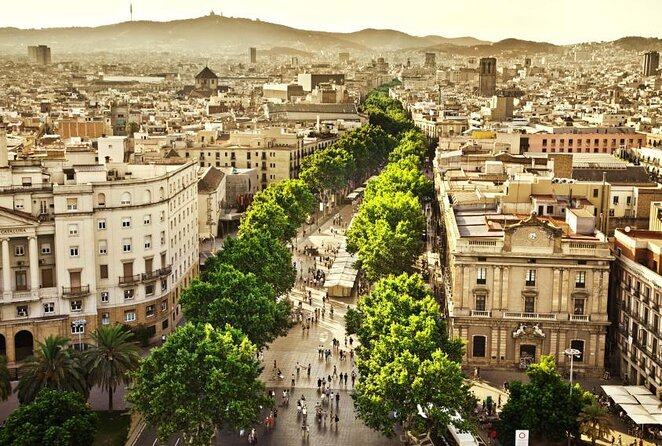
Gothic Quarter
The Gothic Quarter is a historic area with narrow medieval streets, ancient Roman ruins, and Gothic architecture. It's a fascinating district to explore on foot, rich in history and charm.
Location: Between La Rambla and Via Laietana.
Cost: Free to visit.
Why Visit? Rich history and charming architecture.
Opening Times: Open 24 hours.
Additional Info: Great for walking tours.
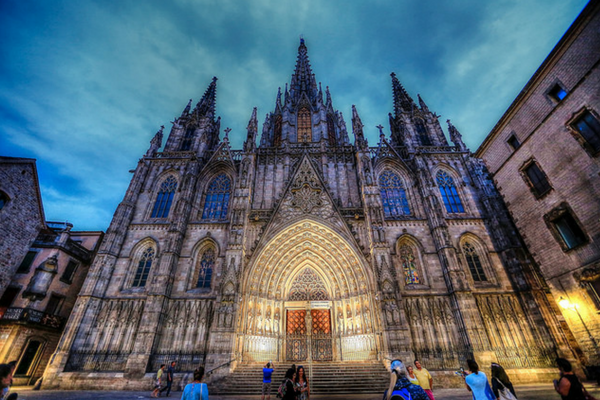
Montjuïc Hill
Montjuïc Hill offers cultural attractions, beautiful gardens, and panoramic city views. Home to museums and Montjuïc Castle, it's an ideal spot for leisurely exploration and relaxation. Visiting Montjuïc Hill is one of the best things to do in Barcelona.
Location: Southwest of the city center.
Cost: Varies by attraction; Montjuïc Castle entry is around €5.
Benefit: Cultural sites, beautiful gardens, and city views.
Opening Times: Varies by attraction.
Additional Info: Accessible by funicular and cable car.

Events and Festivals in Barcelona
La Mercè Festival
La Mercè Festival is Barcelona's biggest annual event and celebrates the city's patron saint with parades, fireworks, and cultural activities. Held in September, it features traditional dances, human towers, and concerts.
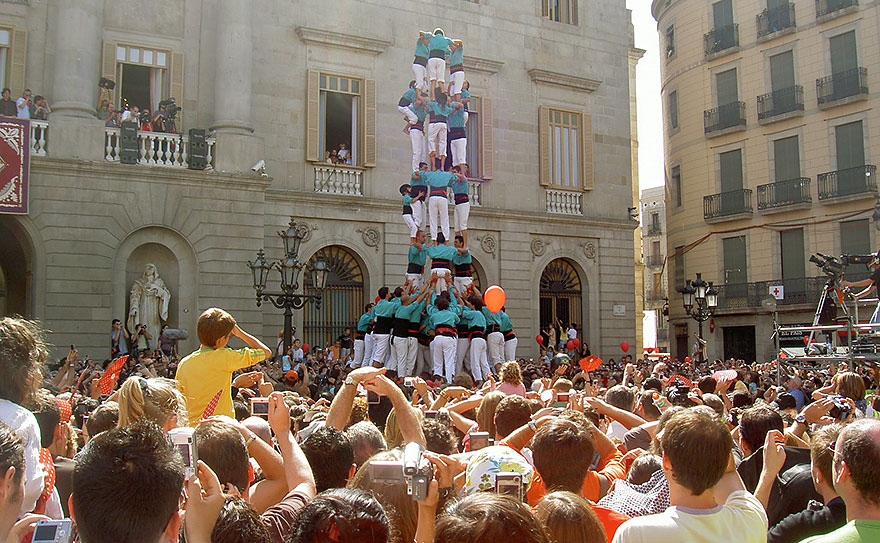
Sant Jordi Day
Sant Jordi Day, celebrated on April 23, is Barcelona's version of Valentine's Day. The streets fill with book and flower stalls as locals exchange gifts of roses and books.
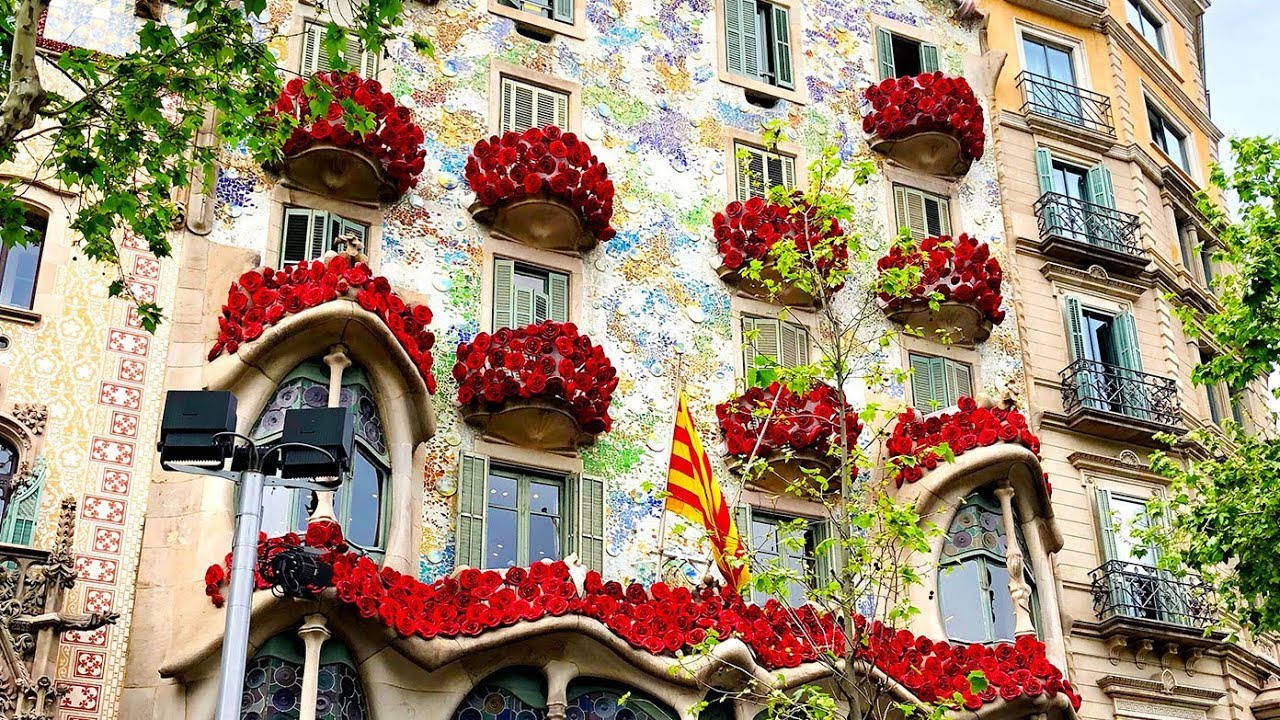
Barcelona Carnival
Barcelona Carnival brings colorful parades, costumes, and parties to the streets in February. It’s a lively celebration marking the beginning of Lent.

Music Festivals
Primavera Sound is held in May and features a diverse lineup of international artists.
Sonar Festival is in June and focuses on electronic music and multimedia arts.
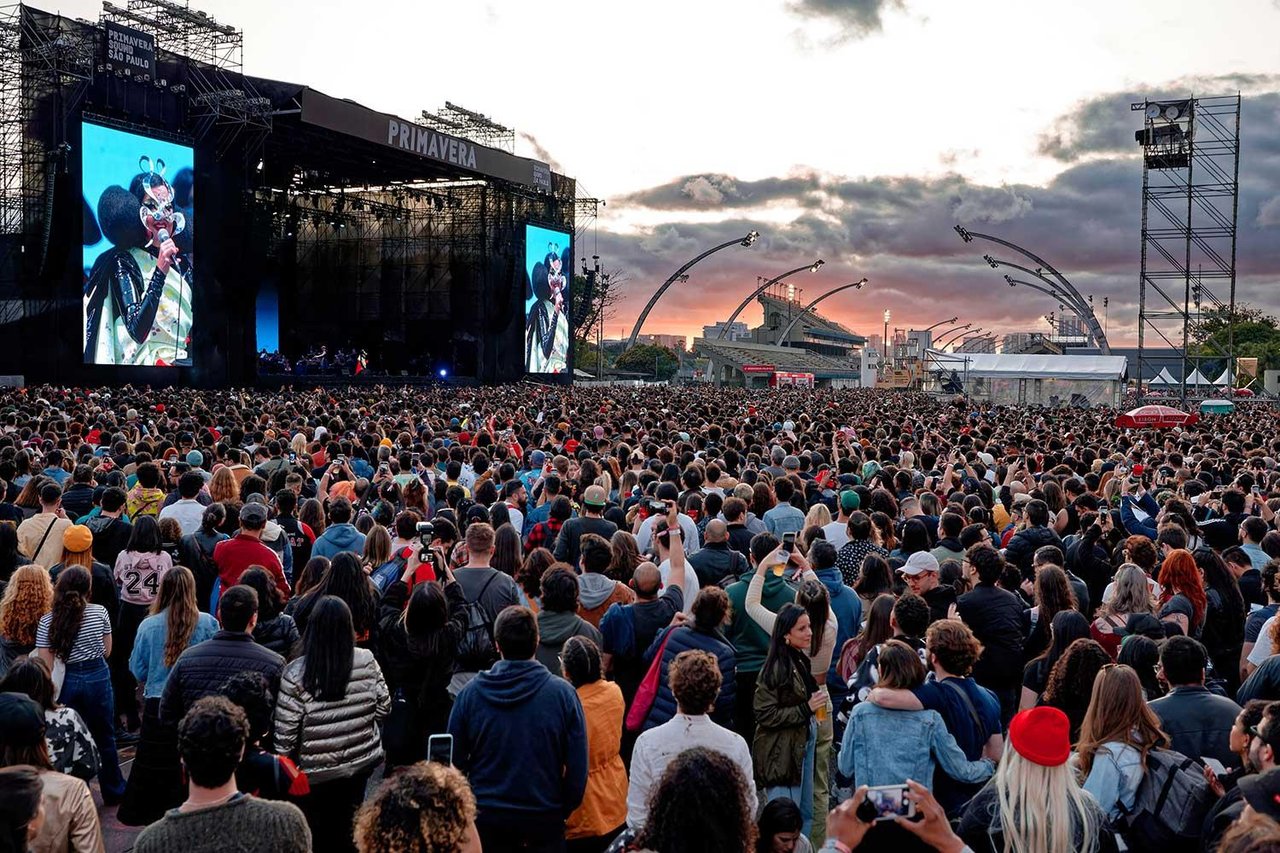
Festa Major de Gràcia
Festa Major de Gràcia is held in August and is known for its elaborate street decorations. Residents of Gràcia decorate their streets with creative themes, and the neighborhood hosts concerts, workshops, and competitions.
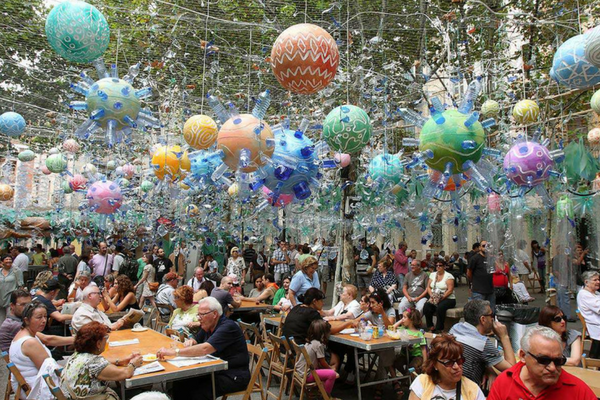
Barcelona Beach Festival
Barcelona Beach Festival is usually in July and is one of the biggest electronic music festivals in Europe. It takes place on the beautiful shores of Barcelona. It features top DJs and a lively beach party atmosphere.
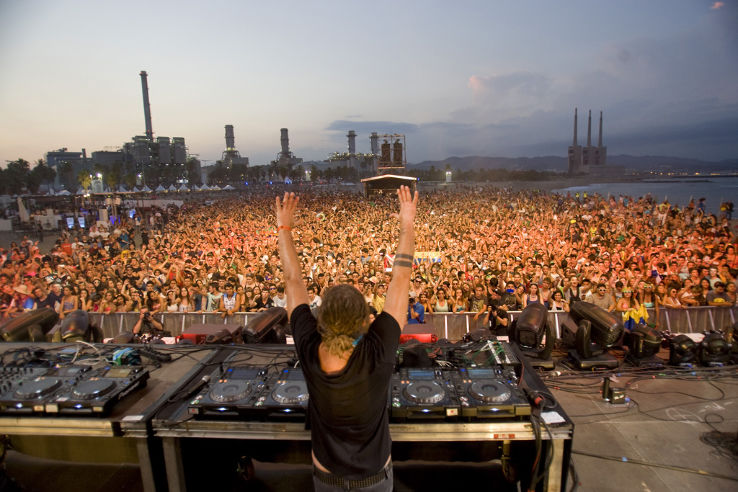
Sant Joan Festival
Sant Joan Festival is celebrated on the night of June 23 and is a midsummer celebration. There are bonfires, fireworks, and beach parties. It marks the summer solstice and is one of the most anticipated events in Barcelona.
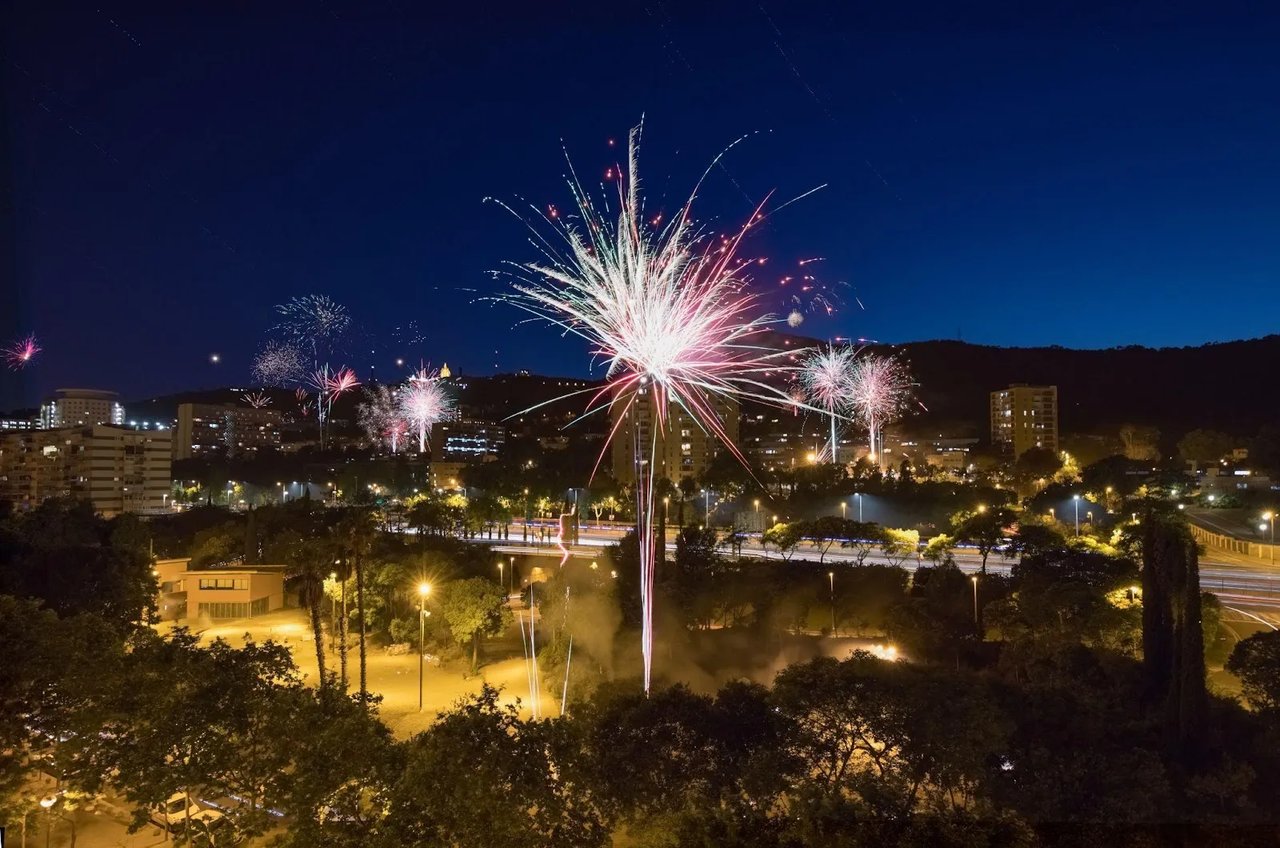
Where Should You Stay in Barcelona?
Best Neighborhoods in Barcelona
Eixample
Eixample is known for its wide streets and modernist architecture. There are a lot of upscale hotels and proximity to major attractions like La Sagrada Família.
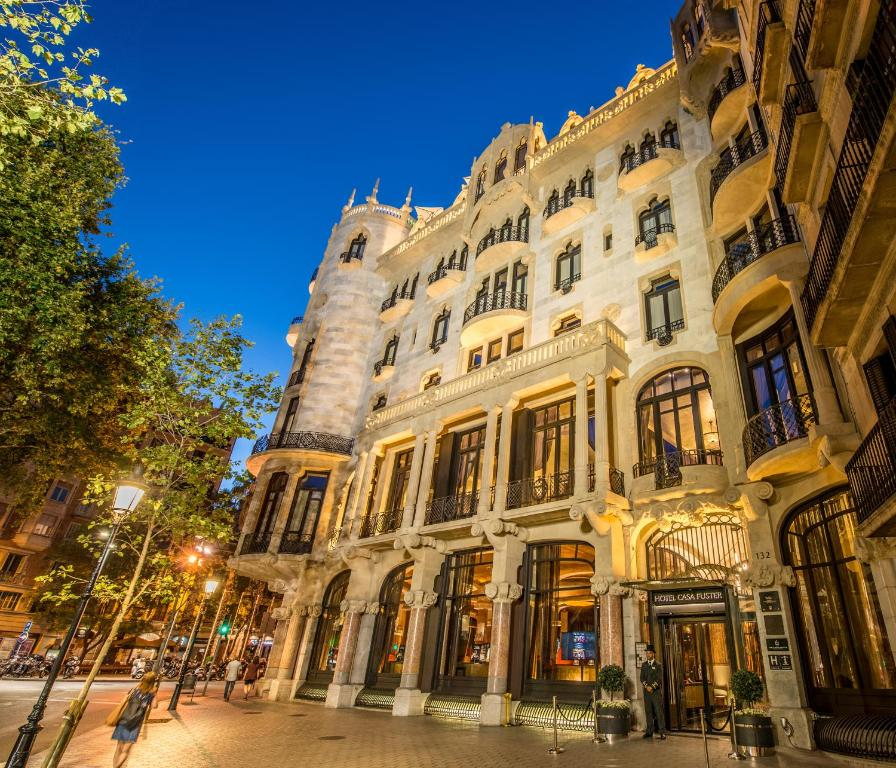
Hotel Casa Fuster - A luxurious, historic hotel with a rooftop terrace.
Gothic Quarter
This neighbourhood is full of history and charm, it features narrow streets, medieval buildings, and a vibrant nightlife.
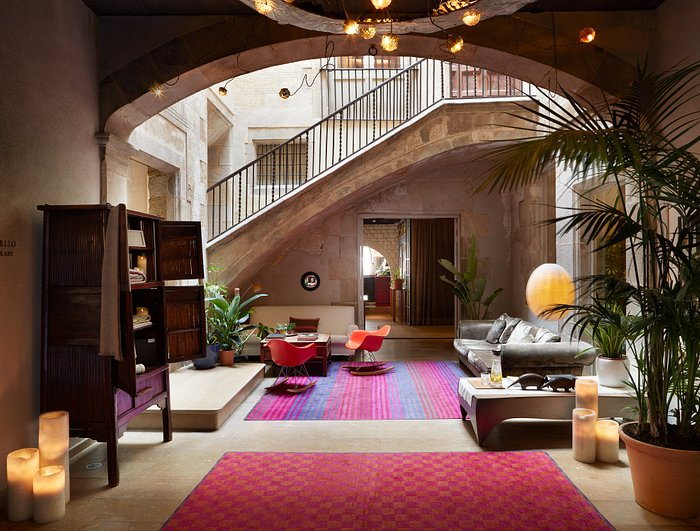
Hotel Neri - A boutique hotel in a 12th-century building.
Gràcia
Gràcia is a bohemian neighborhood with a village feel, with boutique hotels and a relaxed atmosphere.
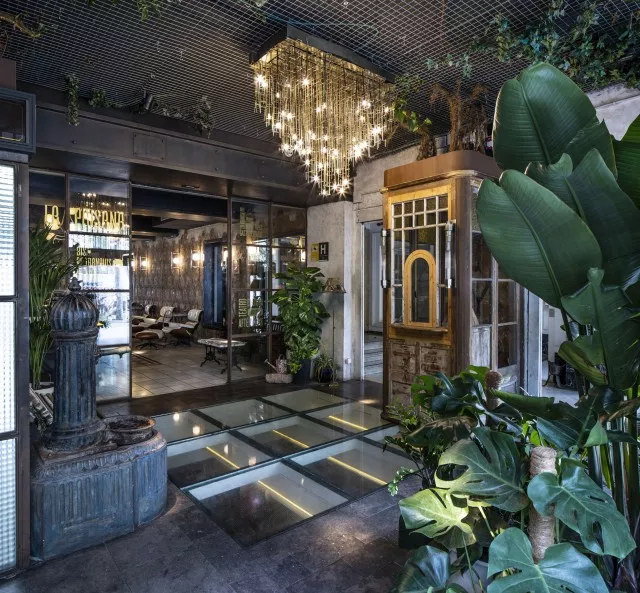
Casa Gracia - A stylish hostel and hotel hybrid.
Barceloneta
Barceloneta Ideal for beach lovers, with waterfront hotels and seafood restaurants.
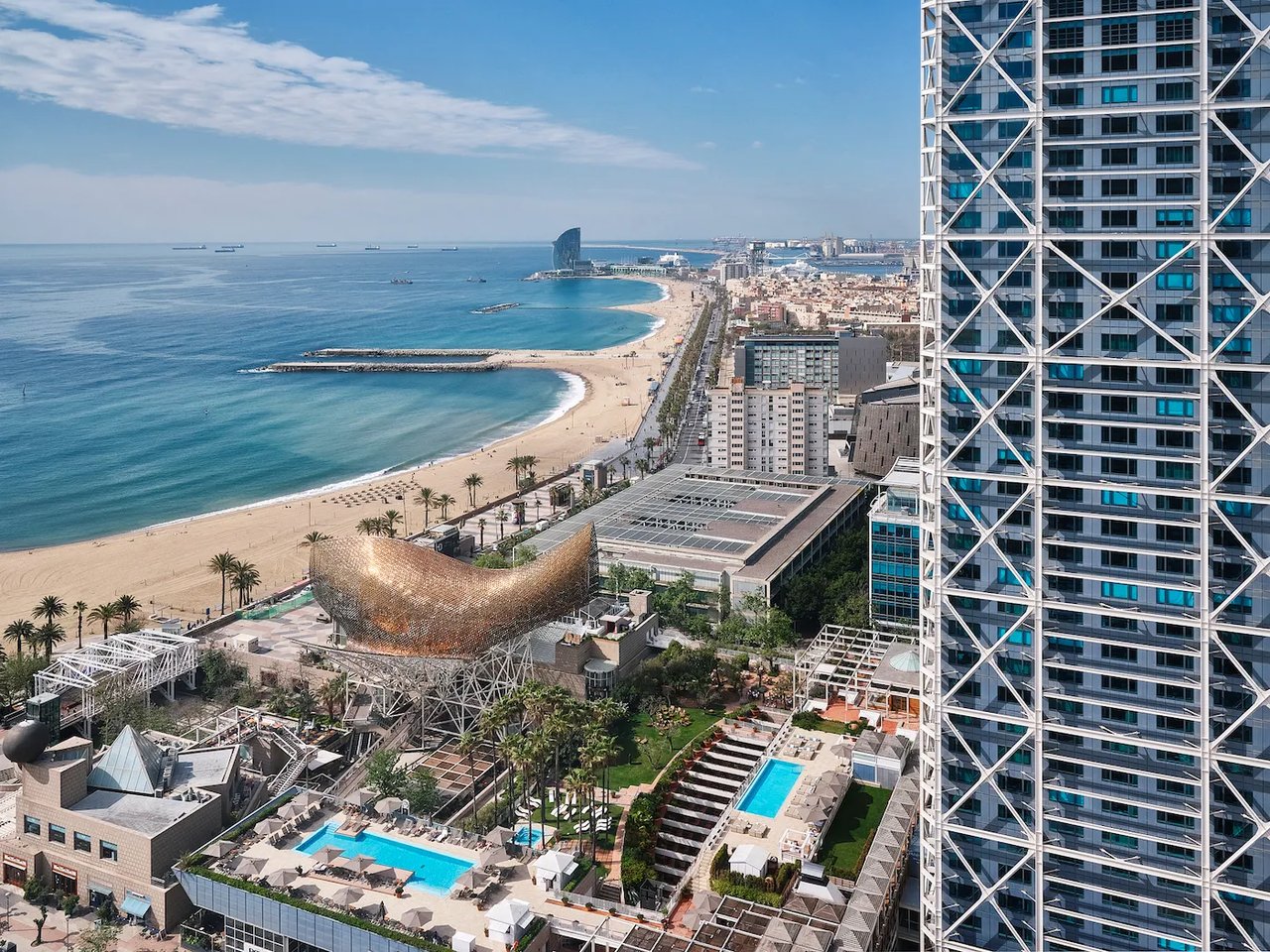
Hotel Arts Barcelona - A luxury hotel with sea views.
Where to Stay in Barcelona on a Budget?
Budget travelers can find numerous hostels and affordable hotels throughout the city, particularly in neighborhoods like El Raval and Poble Sec, which offer a mix of cultural attractions and vibrant nightlife.
For instance, Generator Hostel in Eixample is a stylish and affordable accommodation. Also, Casa Kessler in Eixample - a charming and budget-friendly option.
Luxury Hotels
For a more luxurious stay, consider five-star hotels in Eixample or along Passeig de Gràcia. They offer top-notch amenities and close proximity to high-end shopping and dining. For example, Mandarin Oriental is an upscale hotel with a rooftop pool. Also, Majestic Hotel & Spa with elegant rooms and a luxurious spa.
Family-Friendly Options
Families may prefer the quieter areas of Gràcia or Poblenou, which offer spacious accommodations and family-oriented amenities. These neighborhoods also have parks and playgrounds, making them ideal for children.
Aparthotel Arai in the Gothic Quarter - Family-friendly suites with kitchen facilities.
Hotel Barcelona Universal in El Raval - Offers spacious rooms and a rooftop pool.
Barcelona Transportation Guide
Barcelona has an efficient public transport system operated by TMB. The metro network covers lines in most of the city. Buses and trams complement the metro, so you can have access to the whole city. Integrated tickets can be used across metro, bus, and tram services. Options include single tickets, T-10 multi-trip cards, and Hola BCN! travel passes.
Metro
Operates from 5:00 AM to midnight (Sunday-Thursday), with extended hours on weekends.
Buses
Comprehensive network with frequent services, including night buses (NitBus).
Trams
Six tram lines cover parts of the city and connect with metro and bus services.
Taxi and Ride-Sharing Services
Taxis are readily available and can be hailed on the street or booked via apps. Ride-sharing services like Uber and Cabify also operate in Barcelona, if you prefer to use that.
Renting a Car or Bike
Car rentals are available at the airport and throughout the city, but parking can be challenging. Renting a bike is a popular option, with numerous rental shops and bike-sharing services like Bicing.
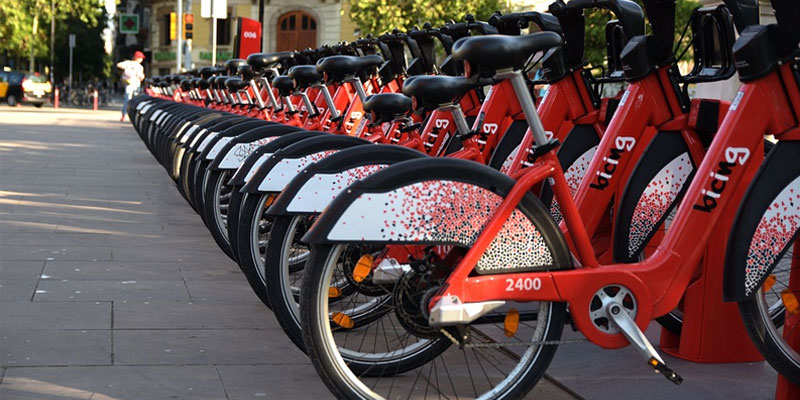
Is Barcelona Walkable?
Barcelona is pedestrian-friendly, especially in areas like the Gothic Quarter and La Rambla. Wear comfortable shoes and stay aware of your surroundings, particularly in crowded tourist spots.
Barcelona Shopping
Famous Shopping Streets and Areas
Barcelona offers a variety of shopping experiences, from luxury brands to unique boutiques. However, remember that most of the big shopping stores are closed on Sundays!
Passeig de Gràcia
Home to luxury brands like Gucci and Louis Vuitton, and architectural landmarks such as Casa Batlló and Casa Milà.
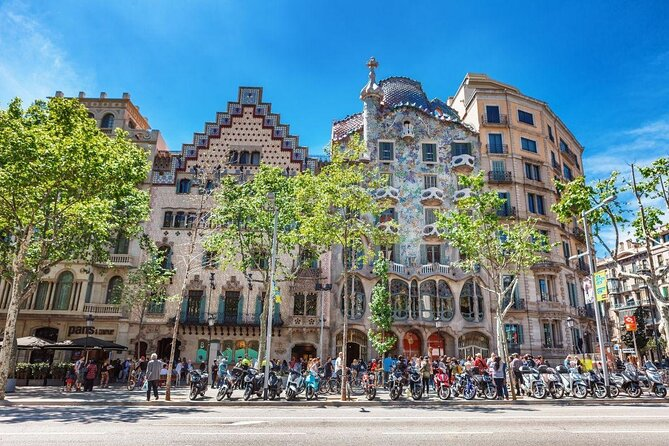
Portal de l'Àngel
Home to luxury brands like Gucci and Louis Vuitton, and architectural landmarks such as Casa Batlló and Casa Milà.
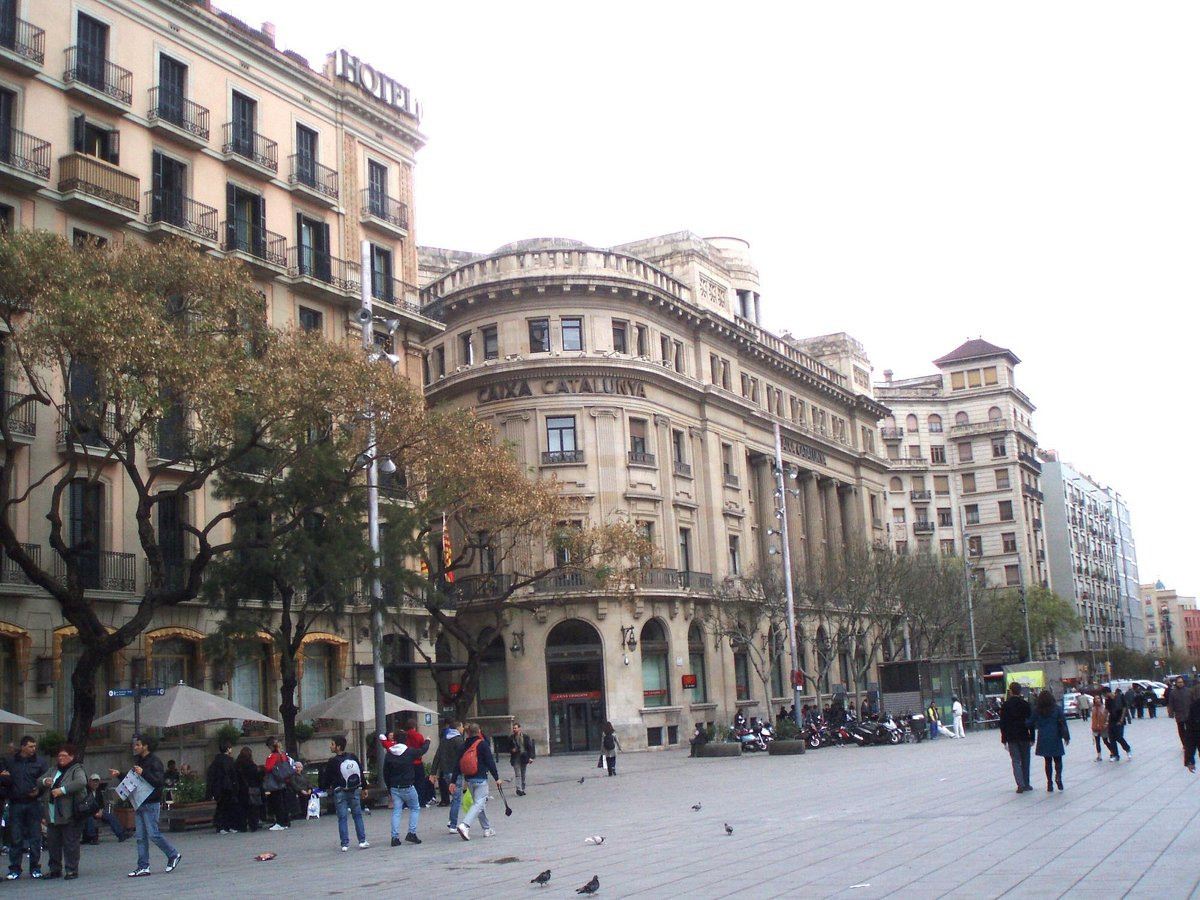
El Born
Known for its trendy boutiques and artisan shops, perfect for unique finds.
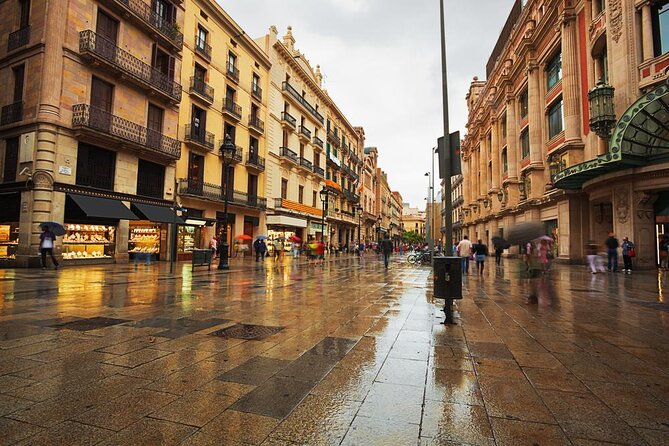
Local Markets
Barcelona's local markets are a treasure trove of fresh produce, local delicacies, and unique items. Two must-visits are La Boqueria and Mercat de Sant Antoni.
La Boqueria is a vibrant food market that has fresh produce, local delicacies, and street food.
Mercat de Sant Antoni is a traditional market with a wide range of goods, including clothing, books, and food.
Souvenirs to Buy in Barcelona
Barcelona is an excellent place to shop for unique souvenirs that reflect its rich culture and traditions. Consider catalan crafts, food that can be transported and gaudi-inspired art.
Catalan Crafts
Handmade ceramics, espadrilles, and traditional Catalan textiles.
Food Items
Local delicacies such as jamón ibérico, turrón, and Spanish wines.
Gaudí-Inspired Art
Souvenirs and artwork inspired by Gaudí's iconic designs.
Shopping Tips and Etiquette
Most of Barcelona’s shops open from 10:00 AM to 8:00 PM, with a siesta break in the afternoon.
Bargaining is generally not practiced in stores, but possible in markets.
Non-EU residents can claim VAT refunds on purchases over a certain amount; ask for a tax-free form at the point of purchase.
Airports in Barcelona
There are 3 airports near Barcelona. Barcelona-El Prat Airport (BCN) is the main international gateway to the city, located about 12 km southwest of the city center. It is Spain’s second-largest airport and handles flights from around the world.
Transportation from the Airport to the City
Aerobús
A convenient shuttle service connecting the airport to Plaça de Catalunya.
Metro
Line L9 Sud connects the airport terminals to the city’s metro network.
Train
The R2 Nord line offers a direct connection to the city center.
Taxis and Ride-Sharing
Readily available outside the terminals for quick transport to your destination.
Airport Facilities and Services
El Prat offers a wide range of facilities, including dining options, duty-free shops, lounges, and free Wi-Fi. It also provides services like luggage storage, car rentals, and information desks to assist travelers.
Other Airports
Girona-Costa Brava Airport (GRO) is located about 90 km north of Barcelona and mainly serves low-cost carriers and offers seasonal flights. It's a good option for travelers visiting the Costa Brava region. Shuttle buses connect the airport to Barcelona.
Reus Airport (REU) is located around 100 km southwest of Barcelona and handles seasonal and low-cost flights. It primarily servs tourists heading to the Costa Daurada and Tarragona areas. Shuttle services are available to Barcelona.
What Cultural Nuances You Should Know When Visiting Barcelona
Local Etiquette and Customs
Barcelona locals appreciate politeness and respect. Greetings typically involve a handshake or two kisses on the cheek among acquaintances. It's customary to say "hola" (hello) and "adiós" (goodbye) when entering or leaving a shop.
Dining Etiquette
Meals in Barcelona are social events. Dinner usually starts late, around 9 PM. It's polite to wait for everyone to be served before starting to eat.
Tipping Practices
Tipping in Barcelona is modest compared to other countries. Leaving a few coins or rounding up the bill in restaurants, cafes, and taxis is customary. In upscale restaurants, a 5-10% tip is appreciated.
Public Behavior and Dress Code
Dress smartly when visiting religious sites or upscale restaurants. Beachwear is for the beach, and more conservative attire is expected elsewhere. Public displays of affection are generally acceptable, but loud or disruptive behavior is frowned upon.
Siesta
Many shops and businesses close in the afternoon for siesta, typically between 2 PM and 5 PM. Plan your shopping and activities around this tradition.
Personal Space
Personal space in Barcelona might be closer than what some cultures are used to. Expect closer physical proximity in social settings and public transport.
Local Cuisine and Dining Experiences
Must-Try Dishes
Barcelona's cuisine is rich and diverse, with must-try dishes including:
Paella
A traditional rice dish with seafood or meat.

Tapas
Small plates of various appetizers, perfect for sharing.

Escudella
A hearty Catalan stew.
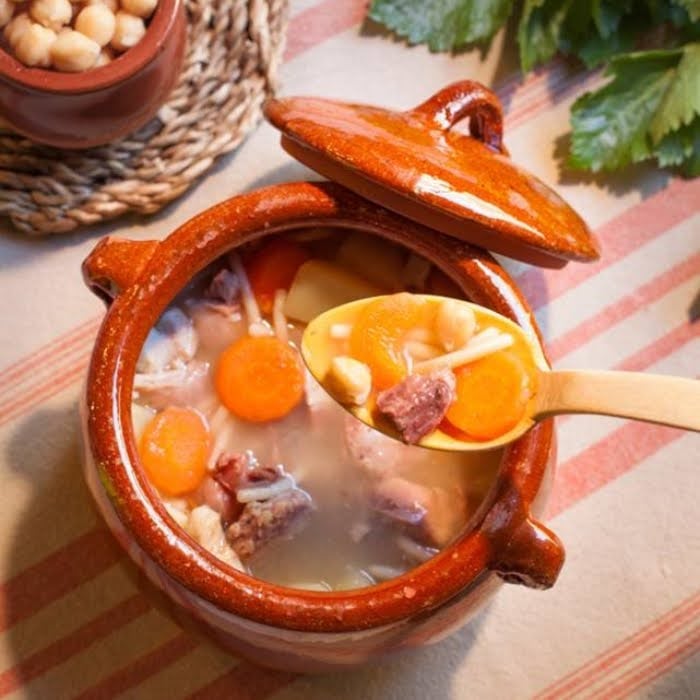
Popular Restaurants
Tickets
A renowned tapas bar by the Adrià brothers.

Quimet & Quimet
Famous for its montaditos (tapas on bread).
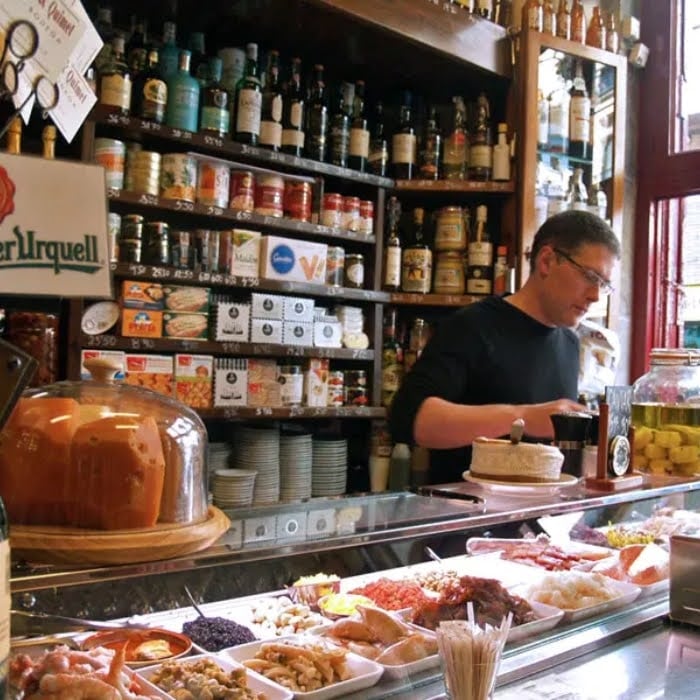
Food Markets and Street Food
La Boqueria
Offers fresh produce, local delicacies, and street food stalls.
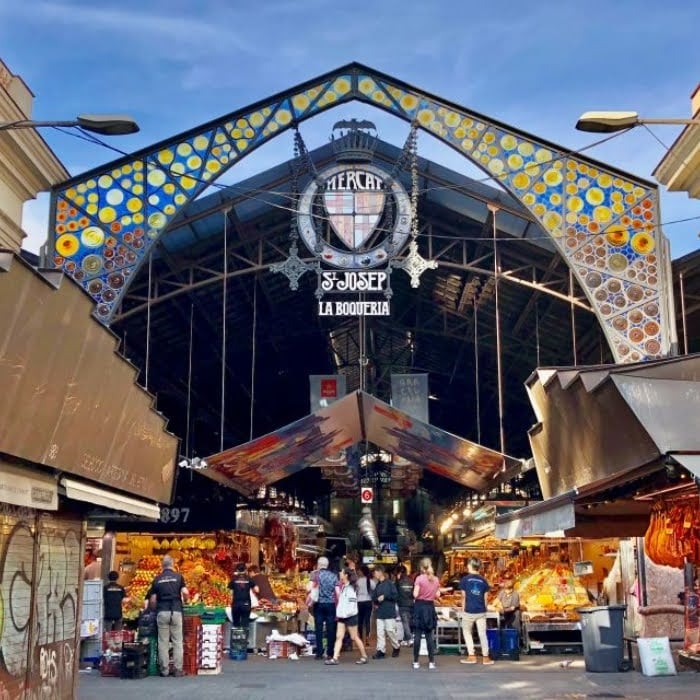
Mercat de Sant Antoni
A great spot for local foods and tapas.

How to Travel Sustainably in Barcelona, Spain
Choose hotels and hostels with green certifications, such as LEED or Green Key. Look for accommodations that use renewable energy, have water-saving measures, and promote recycling.
Use public transportation, rent bicycles, or walk to explore the city. Barcelona has a bike-sharing system called Bicing, which is both convenient and eco-friendly.
Opt for tours and activities that prioritize environmental responsibility. Consider walking tours, eco-friendly boat tours, or visits to nature reserves like Montjuïc and Collserola.
Carry a reusable water bottle and shopping bag to minimize single-use plastics. Many cafes and restaurants in Barcelona also encourage bringing your own containers for takeout.
Frequent local markets like La Boqueria and buy organic, locally-sourced produce. Dining at farm-to-table restaurants helps support sustainable food practices.
Is Barcelona Accessible?
Barcelona is committed to accessibility, with many attractions like Sagrada Família and Park Güell equipped with ramps and elevators. The Gothic Quarter has improved accessibility, though some areas may still be challenging.
Public Transport Accessibility
The metro and bus systems are largely wheelchair-accessible, with designated spaces and elevators at most stations. Tram lines are fully accessible.
Look for hotels with accessible rooms and facilities. Use resources like Accessible Barcelona. Many attractions offer free entry for disabled visitors and their companions. It’s always better to plan ahead to know what to expect.
Conclusion
Traveling in Barcelona is an unforgettable experience with its rich culture, stunning architecture, and vibrant atmosphere.
As a local tip, remember to take a leisurely evening stroll, known as a "paseo," to truly soak in the city’s charm.
For informational guides on attractions, tours, cruises, tips, and more, visit BarcaTrips. Our website has everything you need to plan the perfect Barcelona adventure. Let’s make sure you don't miss out on any of the city's highlights.
Is Barcelona Friendly to American Tourists?
Yes, Barcelona is friendly to American tourists, with many locals speaking English and the city being accustomed to hosting international visitors. The hospitality and services cater well to tourists, so it’s a welcoming destination.
Is it Okay to Speak English in Barcelona?
Yes, it is okay to speak English in Barcelona, especially in tourist areas, hotels, and restaurants. While learning basic Spanish or Catalan phrases is appreciated, you can generally get by with English.
Where Not to Stay in Barcelona?
Avoid staying in the areas of El Raval and La Mina, which are known for higher crime rates and less tourist-friendly environments. Instead, choose neighborhoods like Eixample, Gràcia, or the Gothic Quarter.
Can You Drink Tap Water in Barcelona?
Yes, you can drink tap water in Barcelona. The water is safe and meets all health standards, although some may prefer the taste of bottled water.
Should You Visit Madrid or Barcelona First?
It depends on your interests; visit Barcelona first for its unique architecture, beaches, and vibrant culture, while Madrid offers rich history, art museums, and bustling city life.
Is There Uber in Barcelona?
Yes, Uber operates in Barcelona, but it is often more expensive than local ride-sharing services like Cabify or traditional taxis.
How Many Days in Barcelona is Ideal?
Ideally, spend a minimum of 3 to 4 days in Barcelona to explore its main attractions, experience local culture, and enjoy the city's vibrant atmosphere without feeling rushed.



